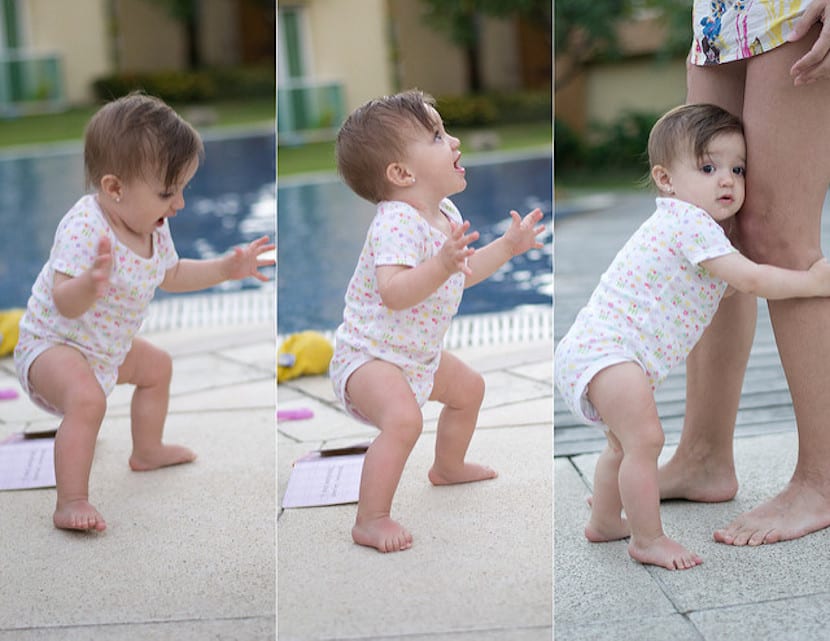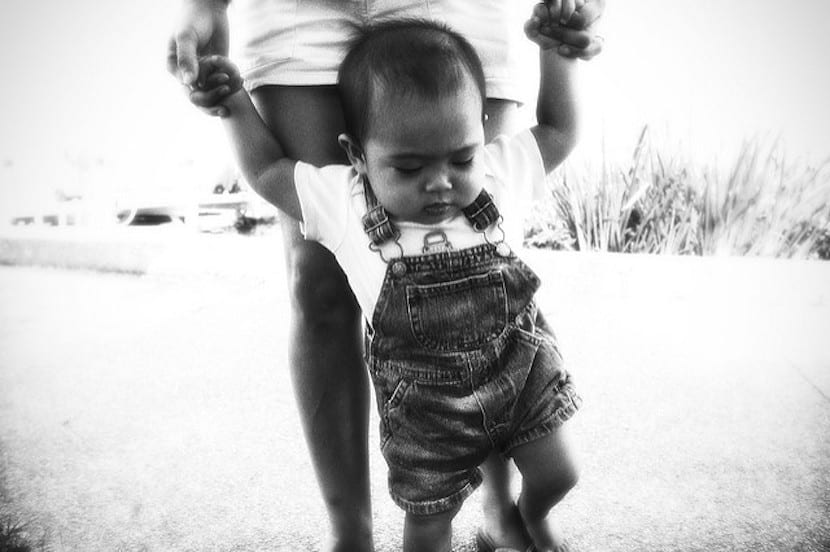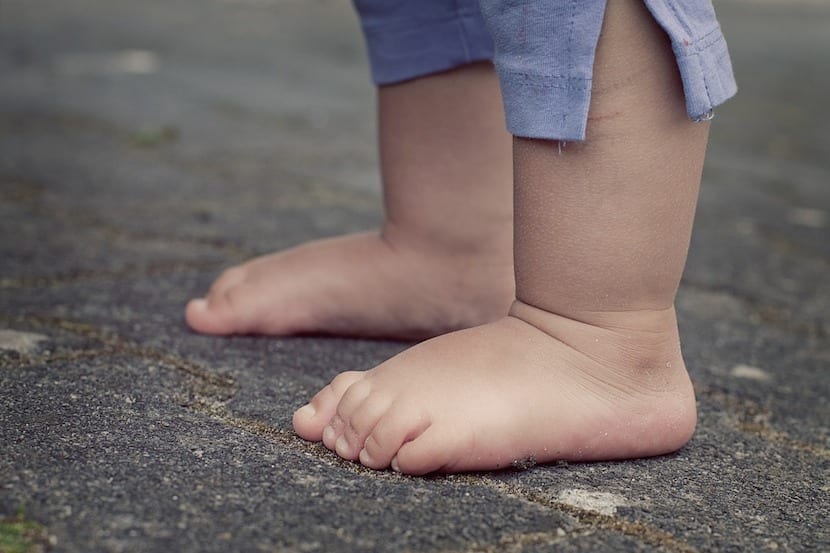
Babies don't need to be taught to eat, walk, or sleep, because they can learn to do it without help; Perhaps you can eat with your child to observe how the spoon is held, or establish evening routines that facilitate sleep, or take it by the hands while it takes its first steps ... But independence comes by itself, and sometimes it even catches us off guard, as I say, when mothers and fathers are about to know everything about childhood, it is time for them to leave home 😉; But let's not rush it, because now we will talk about its first steps.
If you look closely, the conversations between parents of children of similar ages are full of nuances, but in most of them the protagonists are those little ones who have turned our lives upside down, and who make us question everything we were before. So if we talk about how and when they started walking we will run into with the mother who assures that her baby took the first steps alone at 9 months, and with the father who says that his daughter did not let go until he was 15. Both situations are normal, although if we compare there is always someone at a disadvantage, but isn't that the fault of adult expectations?
Walking which is a gerund.
A step in child development that sooner or later comes, but between gaining strength in the back, improving the balance of the limbs, making up their minds and overcoming their fears ... Professionals agree that it does not matter if at 12, 13, 14, 15 months the child still does not walk, in fact it is not until 18 months when a thorough assessment is recommended in the event that the baby still does not walk. In these cases there could be a psychomotor or developmental disorder; There is even talk of nutritional problems as causes, for example, did you know that anemia could affect psychomotor skills?
In the acquisition of motor skills there are goals to achieve, but without setting deadlines, or feeling overwhelmed, and of course, without putting pressure on babies. For example, it is common that at 10 months they crawl, that at 12 they can get up and stay in a standing position, that they begin to walk between 12 and 15 months ... A little later they will be able to walk backwards (quite a discovery! and a fun for the little ones!) and even up and down stairs crawling to go up and crawling to go down 🙂.

What is this that is not taught to walk?
Well it is quite clear, it depends on individual development, What you can do is respond to the signals and make him see that you are glad that he is getting older. If you notice that need to crawl, do not insist on planting it so that it can walk, if it wants to hold on to 'stand up' make sure it is close to furniture or safe objects with which to do so, that is, that they weigh enough not to be displaced by the push of the child If he walks but does not feel safe, help him.
Do not be frustrated if he falls and becomes afraid to walk, be very patient and be constant in your attitude of support, but without forcing him to go through stages of development. It will be much easier, and of course you will enjoy it much more.

Already walks! Now it's time to learn a little more about injury prevention.
If when they were sitting, crawling or crawling you had to crawl around the house to discover possible sources of injuries or accidents (plugs, cables, small objects), Now it's time to think about protecting the stairs so that they cannot go down or up until they are really ready.. You should also prepare to be constantly alert when they take their first steps alone, because from one day to the next they pick up a lot of speed and if you are on the street there is a risk of traffic or losing sight of someone 'so small'.
When they walk, they reach more places and the probability that they will do mischief increases, for example, taking small objects from the tables and hiding them (keys, a USB, etc.), opening and closing doors (they can step on their fingers) ... It is ultimately about anticipating their movements, and thinking that in addition to being a facilitator, you will become a guardian or guardian.
Our advice is that you take a deep breath and enjoy your baby whatever his moment of development, if he is not walking yet you may have to carry him more in your arms, if he stands upright and is very interested in taking steps, you should spend time bending forward to hold him, when he realizes that he lets go without help, you will go 'crazy' chasing him. I repeat, enjoy! And forget about comparing, after all, the later development of children has nothing to do with the moment when they walked for the first time as babies.
Images - Gustavo Devito, Chhe fabric